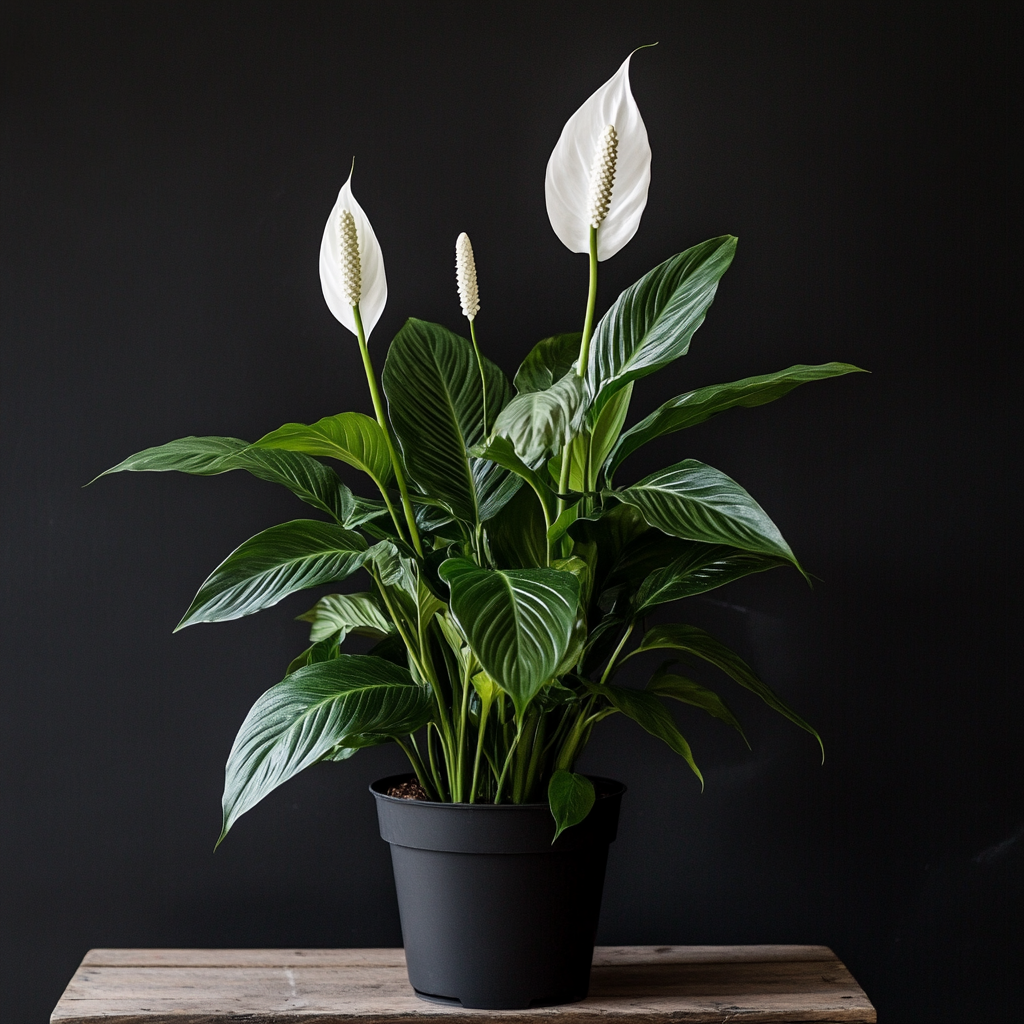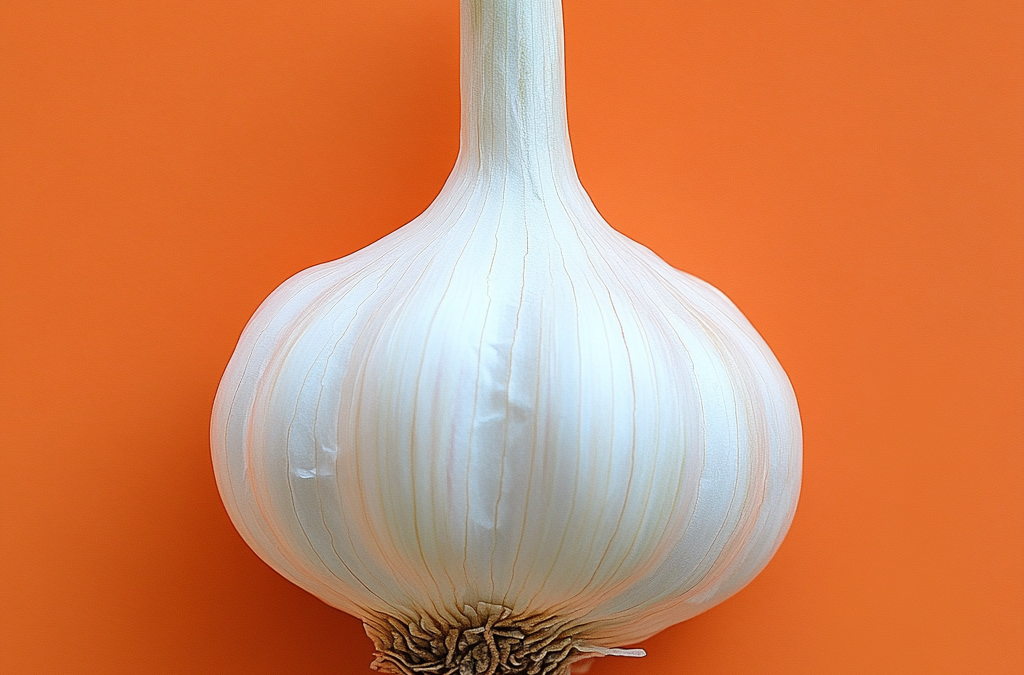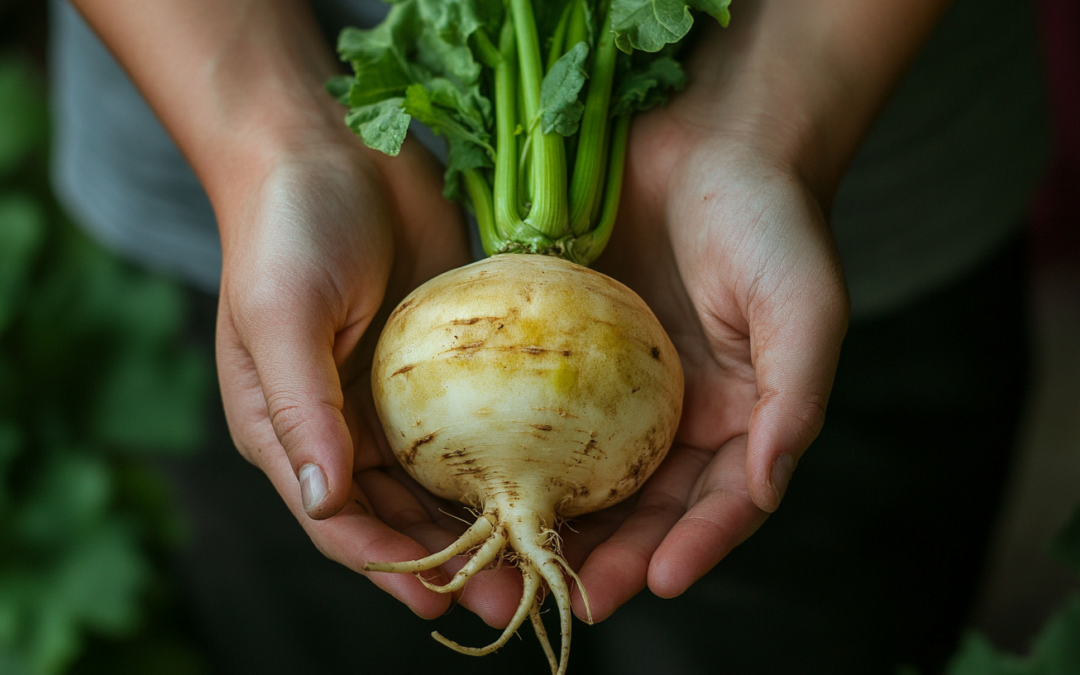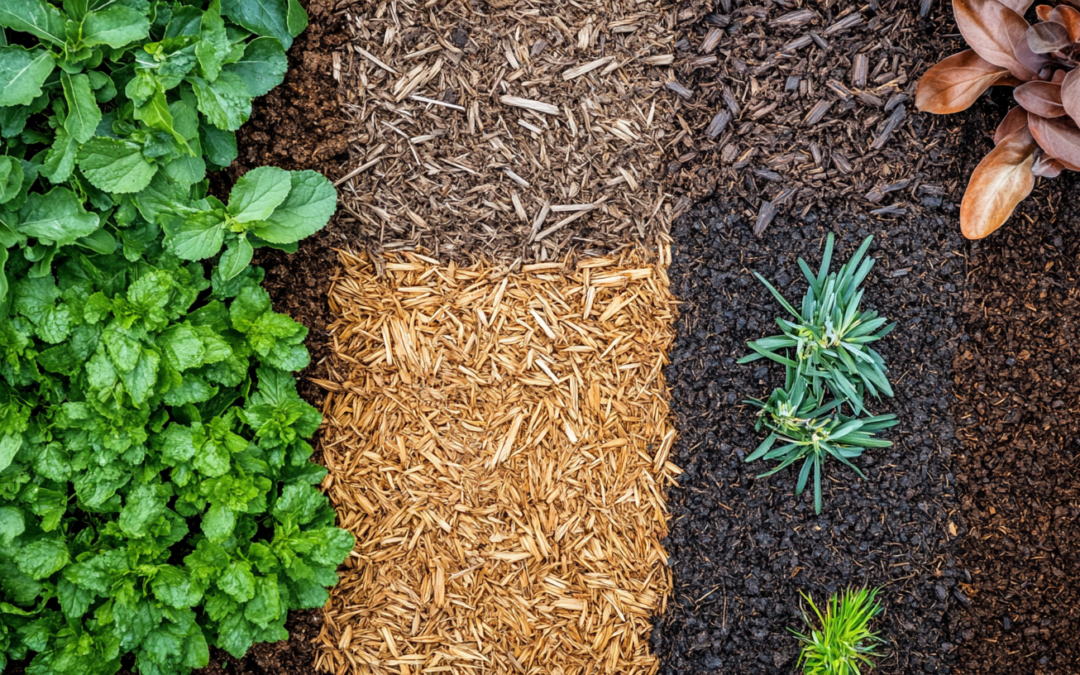Common Name: Peace Lily
Scientific Name: Spathiphyllum
Family: Araceae
Native to: Tropical regions of the Americas and Southeast Asia
Overview:
The Peace Lily, known for its elegant white blooms and glossy green foliage, is a beloved houseplant that brings both beauty and air-purifying benefits to any indoor space. Its ability to thrive in low light and its easy care requirements make it an ideal plant for both beginners and seasoned plant enthusiasts alike. The Peace Lily is also known for its ability to filter indoor air, removing harmful toxins like benzene, formaldehyde, and trichloroethylene, which is why it’s often called the “air purifier plant.”
Key Features:
- Leaves: Dark green, glossy, and lance-shaped, providing a lush backdrop for its white flowers.
- Flowers: White spathes (modified leaves) that surround a central spadix, giving the plant its iconic “flower” appearance. While technically not true flowers, these spathes can bloom multiple times a year.
- Height: Typically grows between 1 to 4 feet tall, depending on the variety and growing conditions.
- Toxicity: Mildly toxic to pets, so keep it out of reach of cats and dogs.
Care Tips:
Light:
Peace Lilies thrive in medium to low light, making them perfect for spaces with indirect sunlight or even areas with artificial light. Avoid placing them in direct sunlight, as this can scorch their leaves.
Watering:
Peace Lilies prefer to be kept consistently moist but not waterlogged. Water when the top inch of soil feels dry to the touch. Be sure to drain any excess water from the pot to prevent root rot. Peace Lilies are sensitive to overwatering, so ensure their container has proper drainage.
Humidity:
These plants love humidity! To keep your Peace Lily happy, mist its leaves regularly or place it in a bathroom or kitchen where humidity is higher. Alternatively, use a humidity tray or a room humidifier to maintain the ideal moisture levels.
Temperature:
Peace Lilies prefer temperatures between 65°F to 80°F (18°C to 27°C). They should be kept away from drafts, air conditioners, or heat sources.
Soil:
A well-draining, all-purpose potting mix works best for Peace Lilies. They prefer slightly acidic to neutral soil (pH 5.8 to 6.5).
Fertilizing:
Feed your Peace Lily with a balanced liquid fertilizer every 6-8 weeks during the growing season (spring and summer). Reduce feeding in the fall and winter when the plant’s growth slows down.
Special Care Notes:
- Flowering: Peace Lilies bloom more profusely in the spring and summer. If the plant stops flowering, it may be a sign that it needs more light or nutrients.
- Cleaning: The glossy leaves can collect dust, so wipe them down gently with a damp cloth to keep them looking their best and to ensure they can absorb light efficiently.
- Repotting: Peace Lilies prefer to be slightly root-bound, so they only need repotting every 1-2 years. Choose a pot that’s 1-2 inches larger in diameter than the current one to give the roots space to grow.
Benefits:
- Air Purifier: Peace Lilies are excellent at improving indoor air quality by removing toxins such as ammonia, benzene, and formaldehyde from the air.
- Low Maintenance: They’re perfect for beginners, requiring minimal care and attention while still providing beauty and health benefits.
- Aesthetic Appeal: With its lush foliage and striking white blooms, the Peace Lily is a great addition to any room, bringing a touch of elegance to your home or office.
Fun Fact:
Did you know that Peace Lilies are also known for their “peace” symbolism? They are often given as gifts to express sympathy, peace, and harmony, making them perfect for both home decor and meaningful gifts.
Conclusion:
Whether you’re a seasoned plant parent or just starting your indoor garden, the Peace Lily is a wonderful choice. With its air-purifying properties, easy care requirements, and beautiful blooms, it’s sure to brighten up any space and make your home feel more serene.



